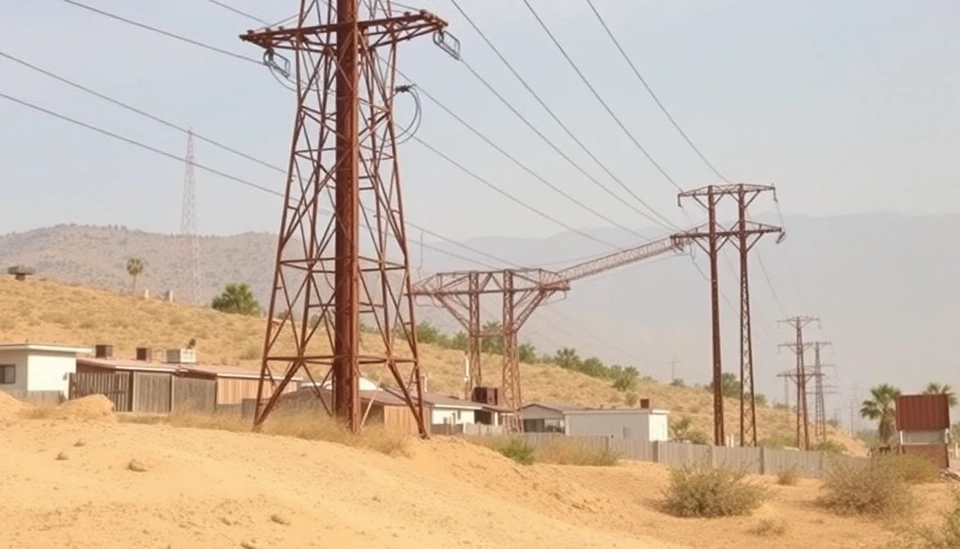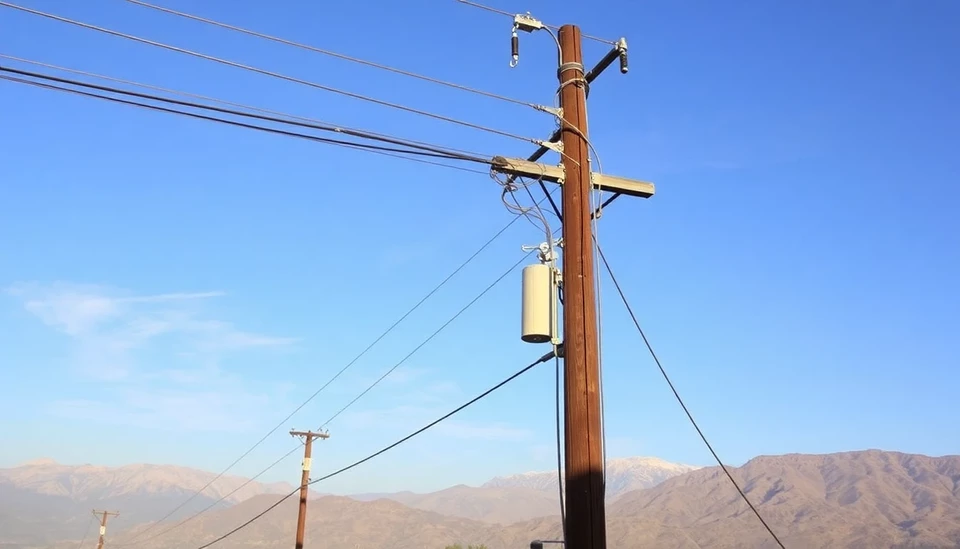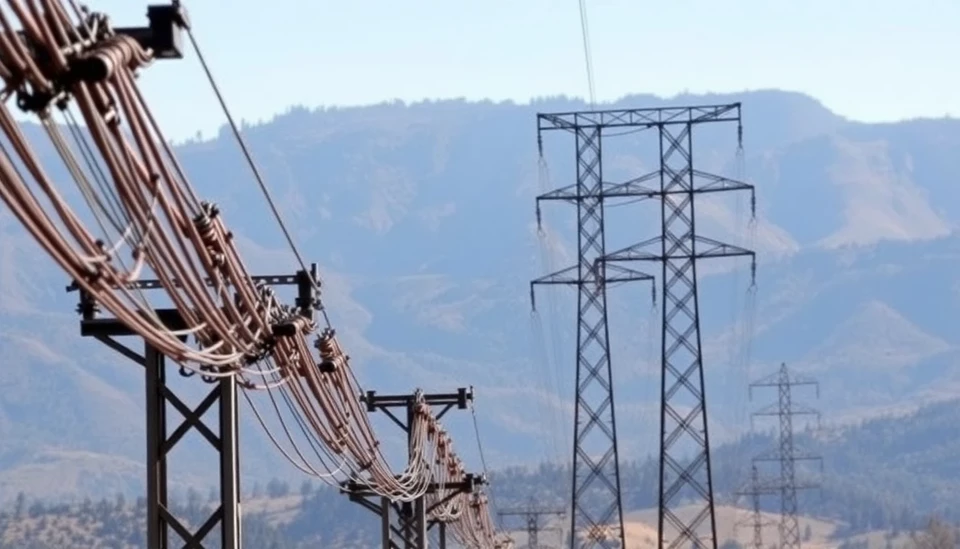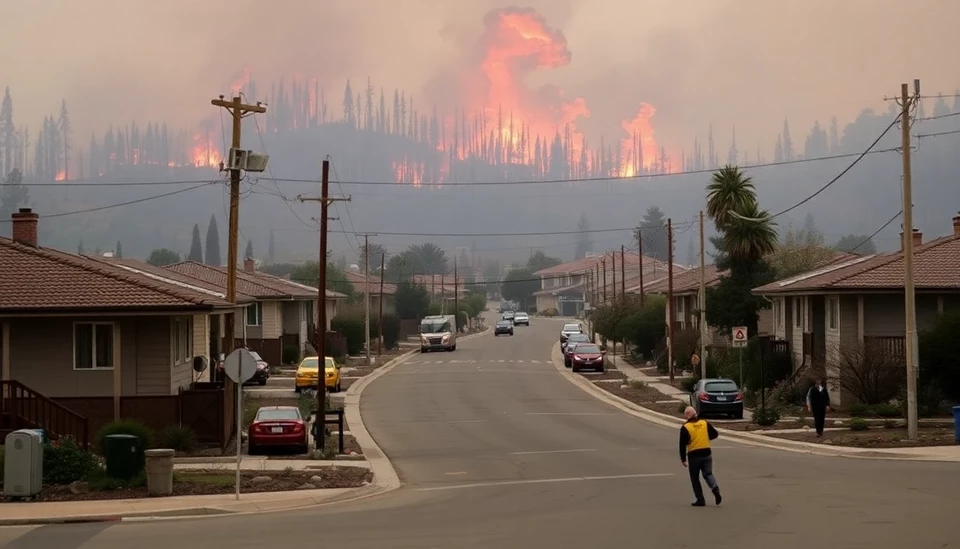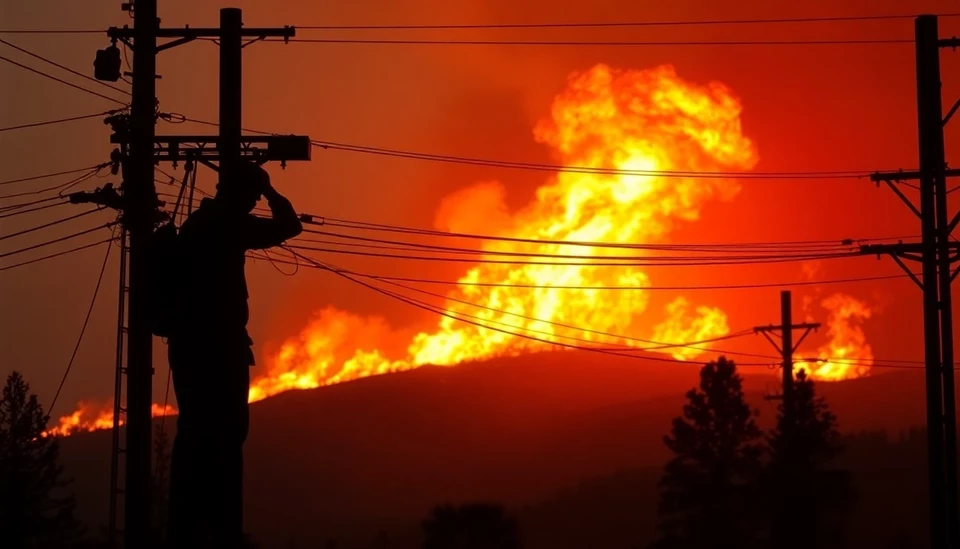
Recent wildfires in California have brought to light the inherent challenges associated with the state's $21 billion utility fund, initially created to address the financial repercussions of wildfires exacerbated by climate change. This fund, established to compensate victims and mitigate risks posed by utility infrastructure, faces increasing scrutiny as its effectiveness is put to the test in the wake of a series of devastating blazes.
As fires rage across the state, the utility fund appears to be faltering in its capacity to provide timely relief to affected communities, raising concerns among residents and state officials. Fires in the foothills of Los Angeles County have not only prompted evacuations but also challenged the fund's capability to support victims who have lost everything. The complaints from the community highlight a fundamental issue: the fund's mechanisms may be inadequate to meet the growing needs of those affected by the catastrophic events.
In an effort to bolster the fund's efficacy, California lawmakers are being urged to reevaluate its framework and operations. Legislative leaders like Assemblyman Chris Holden have voiced significant concerns about the utility fund's responsiveness and the speed at which claims are processed. Holden stated that many were left feeling neglected amid the chaos as victims grappled with both the immediate fallout of the fires and the bureaucratic red tape linked to the compensation process.
The catastrophic wildfires, which continue to threaten various regions, have prompted discussions about the sustainability of the fund and its long-term viability. Stakeholders are increasingly questioning whether the existing allocation is sufficient or if legislative changes are needed to ensure that the fund can effectively address future disasters. Calls for enhanced accountability and transparency have grown louder, with many advocating for a more streamlined claim process that offers quicker relief to those in desperate need.
Moreover, environmentalists and community advocates argue for a more proactive approach to fire management and prevention. They emphasize the importance of investing in wildfire prevention efforts, including better forest management practices, to mitigate the risks associated with increasingly severe fire seasons. This would require a reassessment of budget priorities within the state to ensure that adequate resources are allocated not just for recovery but for prevention.
The combination of insufficient compensation, ineffective management strategies, and an evolving climate poses significant threats to Californian communities. In light of these challenges, stakeholders are calling for a collaborative effort involving policymakers, utility companies, and affected residents to develop a more effective solution for the future.
As fires continue to devastate regions and communities across California, the urgency for reform within the utility fund becomes ever more critical. With the next legislative session approaching, the eyes of the public and advocates for reform remain fixed on policymakers, urging them to take bold action for the sake of those impacted and for the longevity and resilience of the state's infrastructure against wildfires.
As Californians remain on high alert for the potential for more wildfires, the interplay between climate change, utility management, and community resilience will undoubtedly shape the state's approach to fire safety and disaster recovery in the years to come.
#CaliforniaWildfires #UtilityFund #ClimateChange #FireManagement #CommunityResilience #LegislativeReform
Author: Sophie Bennett
